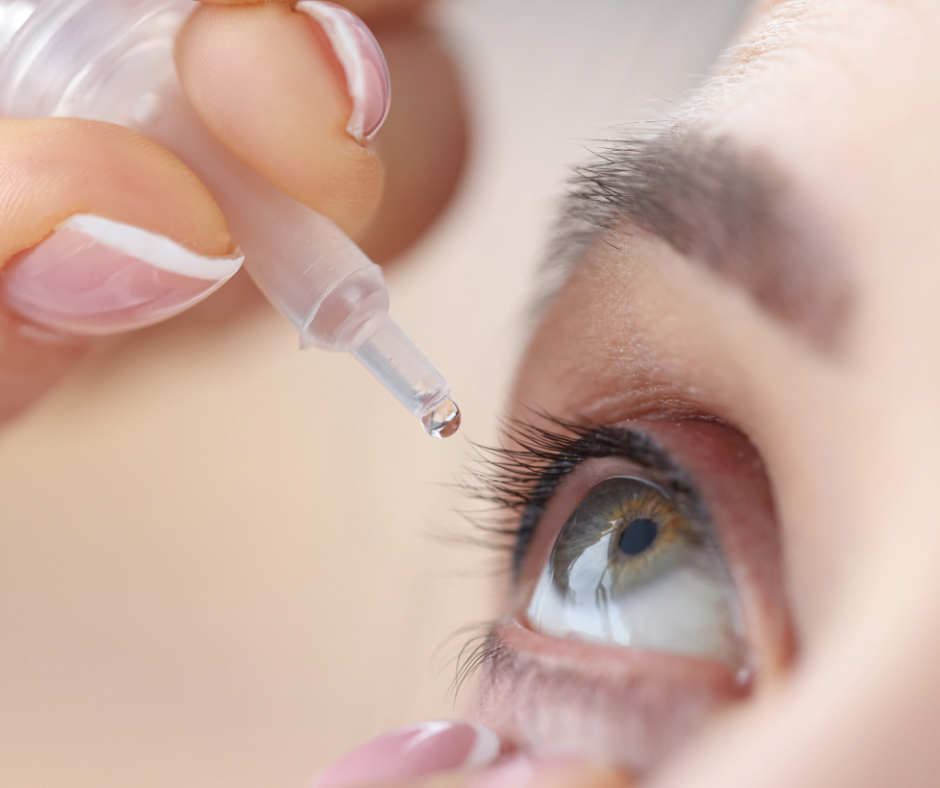Do your eyes often feel dry, itchy, or irritated? If so, you’re not alone. Dry eye syndrome affects millions of people worldwide, and finding the right treatment can be a crucial step towards relief. Two prominent medications, Restasis and Xiidra, have emerged as go-to options for combating dry eye symptoms. In this blog post, we will explore the efficacy, costs, and variances between Restasis and Xiidra, backed by the latest stats and data available.
Understanding Restasis vs Xiidra
What is Restasis? It is a prescription medicine that contains a substance called cyclosporine, which is like an immunosuppressive drug. This means it calms down the inflammation on the surface of the eye, making it less irritated. By doing this, it encourages the eyes to make more tears, reducing dryness. People with moderate to severe dry eyes often find Restasis helpful. You use it by applying it as eye drops, and the amount you need might vary depending on how serious your dry eye condition is.
On the other hand, Xiidra has a different ingredient called lifitegrast. This ingredient is designed to target inflammation by stopping certain enzymes that cause inflammation. Xiidra has shown that it can reduce inflammation and make the signs and symptoms of dry eye disease better. It’s often prescribed for people who have more serious dry eye symptoms. Just like Restasis, you use Xiidra as an eye drops. The amount and how often you use it are decided by a healthcare professional.
Both Restasis and Xiidra aim to address the underlying causes of dry eye rather than just providing temporary relief from symptoms. The choice between these medications often depends on factors such as the severity of the condition, individual response to the drugs, and considerations like cost and potential side effects.
Efficacy
When it comes to evaluating the efficacy of dry eye medications, understanding the science behind their mechanisms is essential. Restasis eye drops work by reducing inflammation on the ocular surface and promoting tear production. On the other hand, Xiidra takes a different approach, targeting inflammation through the inhibition of specific enzymes.
In studies involving 1,200 patients suffering from severe dry eyes, Restasis showed significant efficacy over six months, outperforming standard treatments. It demonstrated a remarkable 10 mm increase in tear production, benefiting around 15% of users compared to 5% in the regular treatment group.
Meanwhile, Xiidra (Lifitegrast) secured FDA approval after four 12-week clinical trials comprising 2133 participants experiencing dry eyes in the United States. The consistent study design involved participants receiving either Xiidra or a placebo twice daily.
In these trials, called double-blind trials, neither the participants nor the researchers knew who was getting the actual treatment and who was receiving a placebo. This was done to ensure a fair and unbiased evaluation of how well Xiidra worked in relieving the signs and symptoms of dry eye disease. The treatment assignments were kept secret until the trials were completed, preventing any expectations or preferences from influencing the results.
Costs
The cost of dry eye medications is often a significant factor for patients making treatment decisions. Restasis costs around $349 per month, while Xiidra starts at a slightly higher average price of $689.
Is there a cheaper alternative to Restasis? Fortunately, there are more affordable options, including Cequa, steroid eye drops, artificial tears, punctal plugs, and various medical devices. Patients should also consider factors such as insurance coverage and available discounts, as they can impact the overall out-of-pocket expenses.
Variances
Understanding the nuanced differences between Restasis and Xiidra is vital for making an informed decision tailored to individual needs. Restasis is typically recommended for patients with moderate to severe dry eye symptoms, while Xiidra may be preferred for those seeking relief from the more intense symptoms associated with dry eye disease.
It’s noteworthy that adverse reactions can vary between the two medications. Restasis side effects include burning and stinging upon application, while Xiidra can trigger a temporary change in taste. It’s crucial to discuss potential side effects with your healthcare provider to determine the most suitable option for your specific condition.
Conclusion
In the realm of dry eye medications, the choice between Restasis and Xiidra hinges on various factors, including efficacy, costs, and individual preferences. As we’ve looked at the numbers, it’s clear that both medications have demonstrated effectiveness in alleviating dry eye symptoms, albeit with subtle differences.
When considering Restasis vs. Xiidra, consulting with your eye care professional is paramount. Your healthcare provider can guide you through the decision-making process, considering your unique medical history, lifestyle, and preferences. Ultimately, the journey to finding the right dry eye medication is a personalized one, and with the wealth of information available, you can make an informed choice for the health and comfort of your eyes.

